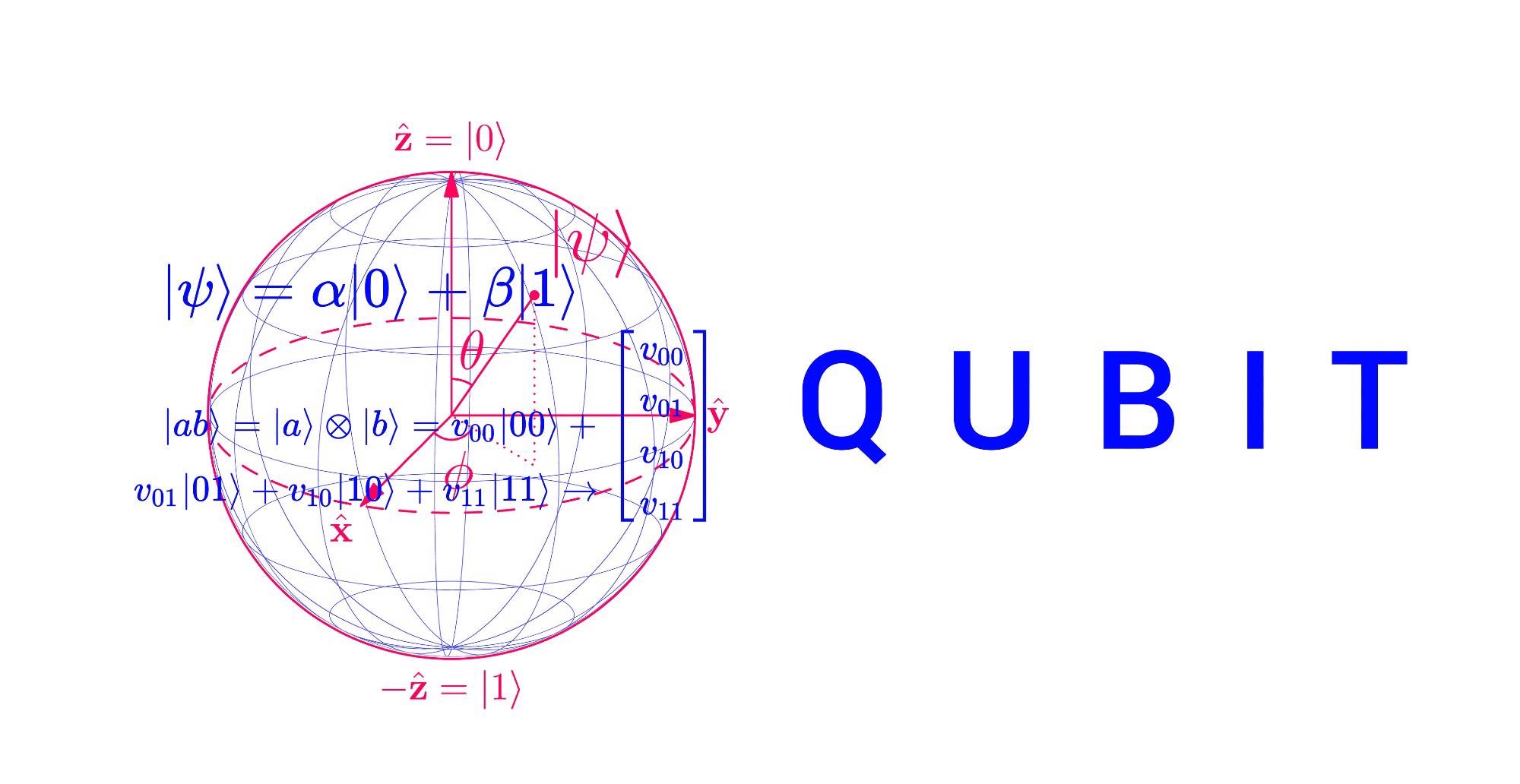Moving and connecting atoms mid-computation could eliminate errors in quantum technology.

Image Credit: local_doctor/Shutterstock.com
Hailed as the ultimate computing system of tomorrow, quantum computers should, theoretically, be able to handle computations on a scale almost unimaginable for traditional computers. Yet, there is a hitch.
As large-scale quantum computers — which derive their power from creating quantum entanglement and superpositions— operate, errors quickly creep into their computations thanks to how delicate quantum systems are.
The key to eliminating errors in large-scale quantum computers could lie in making adjustments “on the fly.” That is the suggestion of researchers from QuEra Computing, the University of Innsbruck, and the Massachusetts Institute of Technology (MIT).
The new approach to quantum information consists of a method that allows operators to dynamically change the layouts of atoms — moving and connecting them — as computations are underway.
All of this hinges on shuffling qubits — the basic units of quantum computation the equivalent of bits in standard computing — during the computation process while still maintaining their quantum state.
The process is detailed in a new paper published in the journal Nature.
Superposition and Decoherence: How Errors Sneak into Quantum Computers
The major difference between qubits and bits is that while bits can take one of two positions — 0 or 1— qubits can take a multitude of states at the same time thanks to a quantum phenomenon called superposition.
Superposition arises from the fact that quantum mechanics is based on wave functions, which can exist in an overlapping state. The most famous example of this is Schrodinger’s Cat thought experiment.
A cat is placed in a box with a poison that is released if an atom decays — a totally random quantum process — if the box is a quantum system then the cat is both dead or alive. That is until the box is open and the wavefunctions collapse destroying the superposition and manifesting one state.
Known as decoherence, this collapse of superposition occurs extremely easily for delicate quantum systems. It takes little more than an interaction with an electromagnetic field, other particles, or even a rise in temperature, to “open the box” for qubits in a quantum computer —thus, causing errors.
But, if one could account for these without causing decoherence, this could lead to more robust, larger quantum computers.
Shuffling Qubits
One way to avoid decoherence is to create better and better qubits, but there is another approach — creating a system that can self-correct as errors occur—a process called quantum error correction.
The quantum error correction mechanism suggested by the team relies on the ability to shuffle qubits without causing them to fall out of their quantum state.
Error correction in standard computing relies on copying information from a single bit so it can be seen where and when errors crept into a computation. So if a 0 qubit is copied three times and the result is 010, it is clear when the error happened. The computation can then be run again from this point, correcting the error.
The team suggest a backup system for atoms called a quantum error correction code which they replicate many times and spread through a system. That means that if a single qubit loses its quantum state there are others to maintain the entire global state.
To do this, the researchers designed a method that allows any qubits connected via entanglement — the quantum phenomenon that means a change in one particle immediately affects an entangled particle no matter how far apart they are — to be moved without decoherence happening.
This requires more robust qubits called hyperfine qubits which have quantum states that last much longer than those of regular qubits. This gives them time to entangle with other qubits — even if they are non-local — and create complex quantum states.
Hyperfine Qubits Backups
The process developed by the team begins with an initial pairing of hyperfine qubits that are entangled in a quantum gate using a pulse from a global laser.
After this by using a two-dimensional array of individually focused laser beams — optical tweezers — the researchers are able to transfer these qubits into new pairs with other atoms in the system. These new pairings are then also entangled. This process is then repeated to create different kinds of quantum circuits with a variety of architectures to make varied algorithms.
The process ends when all the atoms are linked in what is called a cluster state. These are spread so if one qubit fails and causes an error they can act as backups for the failed qubits.
The team has already used this process to create an error-correcting quantum computer operating with 24 qubits which they plan to scale up, thus creating the basis for a quantum processor.
More from AZoQuantum: Revolutionizing Quantum Computing with a Qubit Breakthrough
Reference and Further Reading
Lukin. M. D., Bluvstein. D., Levine. H., Semeghini. G., et al, [2022], “A quantum processor based on coherent transport of entangled atom arrays.” Nature, https://doi.org/10.1038/s41586-022-04592-6
Disclaimer: The views expressed here are those of the author expressed in their private capacity and do not necessarily represent the views of AZoM.com Limited T/A AZoNetwork the owner and operator of this website. This disclaimer forms part of the Terms and conditions of use of this website.